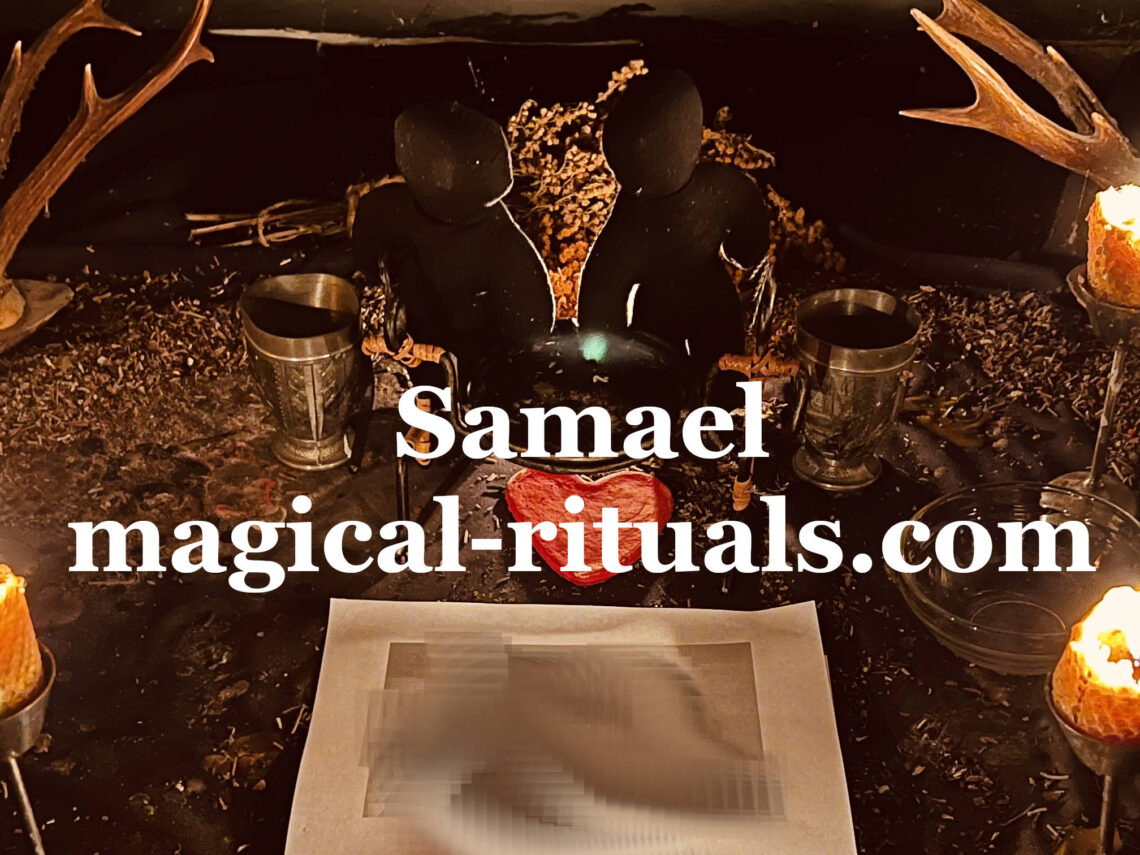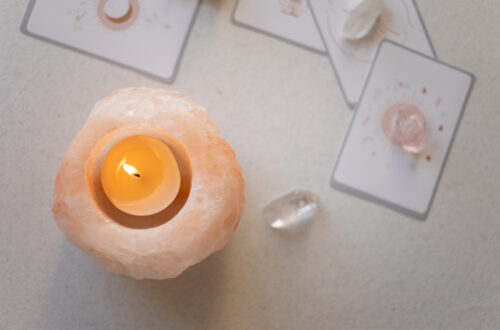
4 facts about Voodoo love spell
Voodoo, also known as Vodou or Vodun, is an ancient and intricate belief system that originated in West Africa and has since spread across the Caribbean, particularly in Haiti and Louisiana. Among its many practices, Voodoo love spells stand out as a captivating and controversial aspect of this tradition. Voodoo love spells are believed to harness the spiritual forces to influence matters of the heart, drawing individuals together or reigniting the flames of passion. In this article, we delve into five intriguing facts about Voodoo love spells, exploring the ancient magic of the heart and its impact on people’s lives.
1. The roots of Voodoo love magic
Voodoo is a syncretic belief system that combines elements of West African spirituality with aspects of Christianity, primarily due to the forced migration of African slaves to the Caribbean and the Americas during the transatlantic slave trade. Within the Voodoo tradition, love magic plays a significant role in addressing matters of romance, relationships, and matters of the heart. Love spells are performed to attract a new lover, bind two individuals in a lasting relationship, or even to heal the wounds of a broken heart.
2. The role of Loa and spirits
Central to Voodoo practices are the loa, spirits or deities that act as intermediaries between the mortal world and the divine realm. In Voodoo love spells, practitioners invoke specific loa associated with love and relationships. Erzulie Freda, the loa of love and beauty, is a prominent figure in many love spells. Other loa, such as Ghede Nibo and Marinette, are also invoked for their influence over romantic matters. The loa are believed to lend their divine energy and guidance to enhance the efficacy of the love spells.
3. Rituals and offerings
Voodoo love spells involve elaborate rituals and offerings to appease the loa and ensure their favor. Rituals may include chanting, dancing, drumming, and the use of ritual objects like dolls or talismans. Offerings of food, flowers, rum, and other symbolic items are made as a gesture of respect and gratitude to the loa. The practitioner creates a sacred space to connect with the spirits, inviting them to partake in the magic and bless the love spell.
4. Personalization and empowerment
Voodoo love spells are often personalized to suit the specific needs and desires of the individual seeking assistance. The practitioner may tailor the spell to address particular challenges or enhance specific aspects of the relationship. Additionally, individuals may actively participate in the love spell, contributing their energy and intention to empower the magic. This sense of personal involvement can foster a deep emotional connection to the spell’s outcome.
Conclusion
Voodoo love spells represent an ancient and enigmatic aspect of the Voodoo tradition. Rooted in West African spirituality and shaped by historical circumstances, these rituals aim to harness spiritual energies to influence matters of the heart. Central to Voodoo love spells are the loa, spirits that act as conduits between the divine and mortal worlds. Rituals and offerings form an integral part of the process, with practitioners seeking the loa’s favor and guidance. While Voodoo love spells captivate the imagination and have their fervent believers, it is vital to approach them with ethical considerations and an understanding of the potential consequences. Whether one embraces or dismisses Voodoo love spells, their significance in Voodoo culture and their impact on individuals’ lives are undeniable, adding to the rich tapestry of human spiritual beliefs and practices.
The use of dolls in Voodoo spells
The mention of Voodoo dolls often conjures up images of mysterious rituals, magical powers, and the ability to influence others through supernatural means. Voodoo, also known as Vodou or Vodun, is an ancient belief system originating in West Africa and has traveled across the Caribbean and Americas, particularly Haiti and Louisiana. Within the context of Voodoo, dolls play a significant role, and their use in spells and rituals has become a subject of fascination and misunderstanding. In this article, we explore the history, purpose, and significance of Voodoo dolls in the practice of this mystical tradition.
The origins and purpose of Voodoo dolls
Voodoo dolls, also known as “poppets,” have a long and diverse history across different cultures and traditions, but they hold a special place in the Voodoo belief system. Contrary to popular misconceptions, Voodoo dolls are not used exclusively for malevolent purposes. In Voodoo, these dolls serve as tangible representations of individuals, enabling practitioners to connect with the spirits and seek their guidance and assistance. The primary purpose of Voodoo dolls is to establish a link with the spiritual realm, particularly with the loa or spirits associated with various aspects of life. While some dolls may be used for healing or protection, others are employed in rituals for love, luck, or even cursing. However, the intent behind the use of a Voodoo doll depends on the practitioner and their ethical principles.
The construction and preparation of Voodoo dolls
Voodoo dolls are traditionally made from natural materials like clay, fabric, wood, or wax. Each doll is meticulously crafted to resemble the intended target or person, incorporating personal items or body parts, such as hair, nail clippings, or clothing, to establish a stronger connection to the individual. This imbues the doll with a link to the person’s essence, enhancing the efficacy of the spell. The preparation of a Voodoo doll involves rituals and invocations to invite the spirit or loa into the doll. The practitioner may chant incantations, call upon specific deities, and use symbolic offerings to seek their favor and assistance. The intention of the spell and the specific loa being invoked play crucial roles in the preparation process.
The symbolism and function of Voodoo dolls
In Voodoo, the symbolism of the Voodoo doll extends beyond a mere physical representation of a person. It serves as a vessel through which practitioners can communicate with the spirits and channel their energies. The doll becomes a conduit for the loa, allowing them to interact with the material world and influence the life of the person it represents. The function of Voodoo dolls in rituals can vary widely. Some rituals involve healing or protective spells, where the practitioner seeks the loa’s intervention to restore health or safeguard the individual from harm. Other rituals may focus on love, luck, or prosperity, where the practitioner seeks to attract positive energies and blessings into the person’s life.
The power of belief and intent
The efficacy of Voodoo dolls lies in the power of belief and intention. Voodoo practitioners firmly believe in the existence of the spirits and the interconnectedness of the spiritual and material realms. The focus and intensity of their intent are vital in establishing a strong connection with the spirits and guiding the energy of the spell.
Conclusion
Voodoo dolls have become an iconic symbol of mysticism and magic, with their use in rituals and spells capturing the imagination of people worldwide. In the context of Voodoo, these dolls serve as sacred vessels, enabling practitioners to connect with the spirits and seek their guidance and blessings. The symbolism and preparation of Voodoo dolls are deeply rooted in the belief system, emphasizing the significance of intention and personal connection in the practice of this ancient tradition. When approached with respect, ethical considerations, and a deep understanding of the Voodoo belief system, the use of Voodoo dolls can be a profound and meaningful aspect of spiritual practice and cultural heritage.



